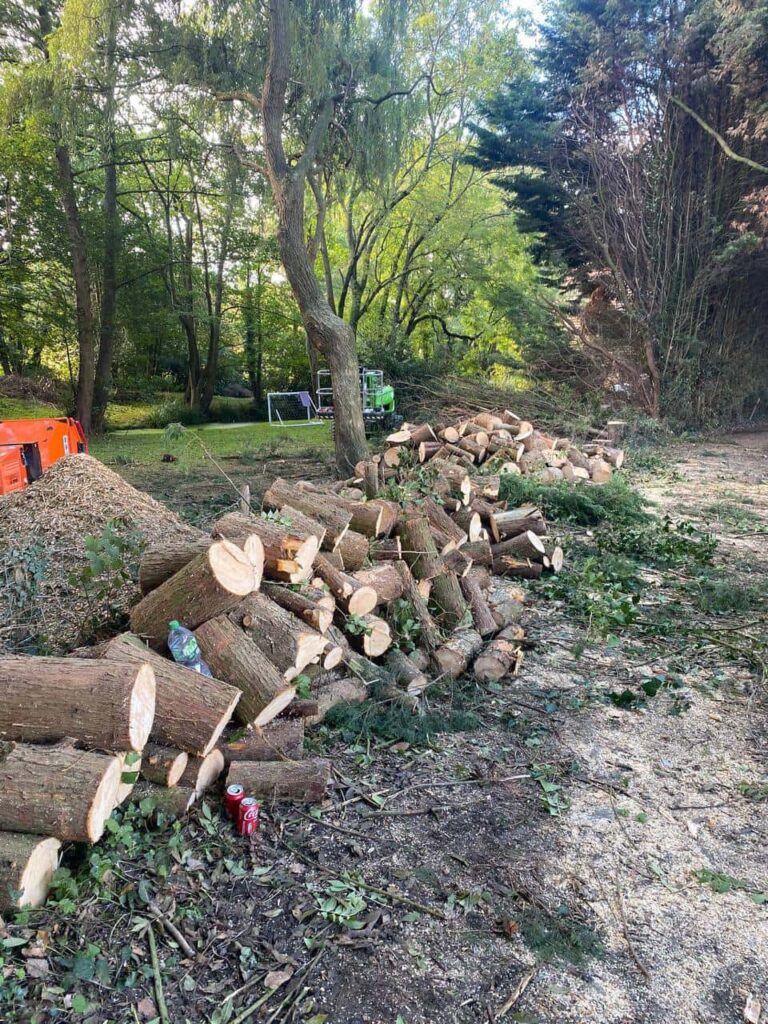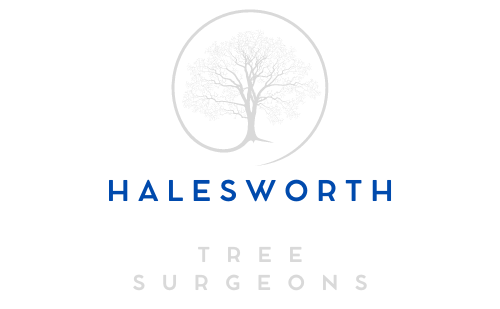Signs That It’s Time for Stump Removal: Knowing When to Take Action
Introduction: Tree stumps can be more than just an eyesore in your landscape. They can pose various risks and hinder the full potential of your outdoor space. In this blog post, Halesworth Tree Surgeons will highlight the signs that indicate it’s time for stump removal. By recognising these signs, you can make informed decisions and take appropriate action to restore the beauty and functionality of your surroundings.
- Hazardous Obstacles:
a. Trip Hazards: Tree stumps, especially when concealed by grass or foliage, can present a trip hazard, especially for children, the elderly, or anyone navigating your property.
b. Equipment Damage: Unseen tree stumps can damage lawnmower blades and gardening tools or even cause harm to vehicles if accidentally hit. - Pest Infestation:
a. Termite and Ant Activity: Tree stumps left in the ground can attract termites and ants, potentially leading to infestations that can spread to nearby structures or other trees.
b. Wood-Decaying Fungi: Stumps provide an ideal environment for wood-decaying fungi to thrive, which can spread disease and decay to other plants in your garden. - Regrowth and Suckering:
a. Tree Regeneration: Some tree species can regenerate from the stump, resulting in new shoots sprouting from the base. These shoots can become new trees, leading to overcrowding or unwanted growth.
b. Suckering: Stumps can produce suckers, which are shoots that emerge from the base or roots of the stump. These suckers can sap nutrients and energy from other desired plants in your landscape. - Landscape Design and Aesthetics:
a. Visual Appeal: Tree stumps can detract from the overall aesthetics of your outdoor space, particularly in well-maintained gardens or landscapes.
b. Design Flexibility: Removing tree stumps allows for more flexibility in landscaping projects, such as planting new trees, installing hardscapes, or creating additional seating areas. - Disease and Infection:
a. Disease Transmission: Tree stumps can harbour diseases or infections that can spread to healthy trees or plants in close proximity, compromising their health and longevity.
b. Fungal Growth: Stumps can become a breeding ground for fungi, which can affect the health of nearby plants and contribute to the overall decline of your landscape.
Conclusion: Recognising the signs that it’s time for stump removal is essential for maintaining a safe, healthy, and visually appealing outdoor environment. Halesworth Tree Surgeons can assess your landscape, identify potential risks, and provide expert stump removal services. By addressing trip hazards, preventing pest infestations, avoiding unwanted regrowth, and enhancing the aesthetics of your landscape, stump removal becomes a crucial step in unlocking the full potential of your outdoor space. Contact Halesworth Tree Surgeons for professional advice and skilled stump removal services tailored to your specific needs.
Call us on 01508 505 537 or click here to complete our contact form and see how we can help with your tree’s needs.

